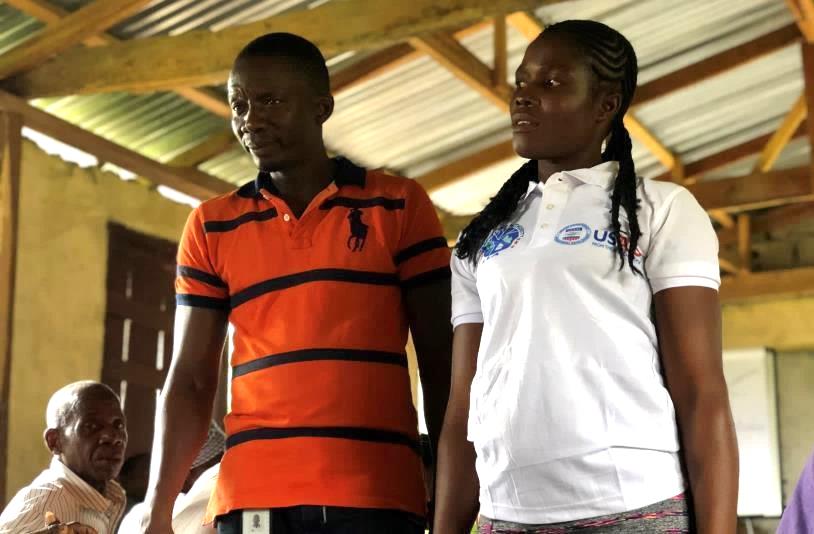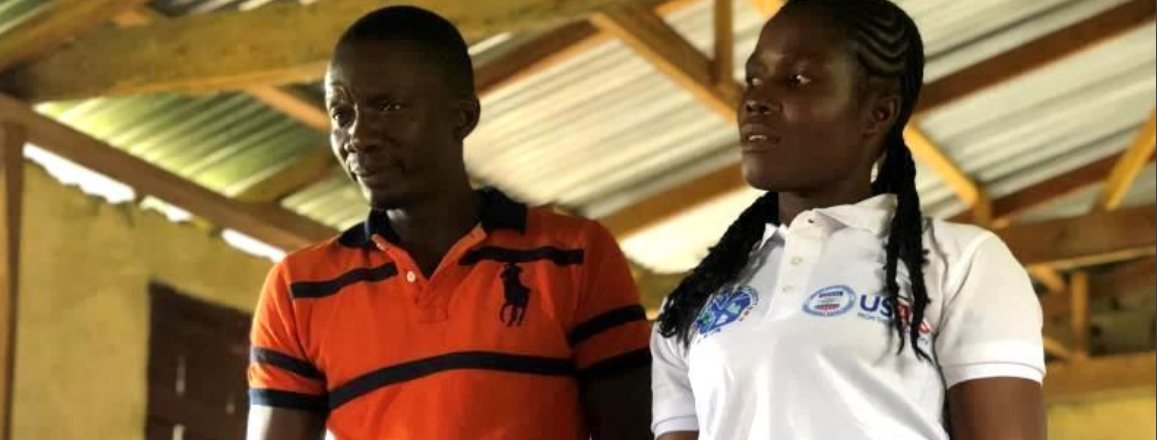 With the passage of the Land Rights Act in 2018 the Liberian Land Authority (LLA) had the responsibility to develop a process for the implementation of the Act, specifically the recognition of customary boundaries. Through support of the United States Agency for International Development (USAID) and other international donors, the LLA was able to test and draft methodologies for community engagement and self-identification, the development of community land governance bylaws, the establishment of Community Land Development and Management Committees (CLDMCs), and the mapping of community boundaries. Each step involved the participation of all sub-units within the community, inclusive of women, men and youth; traditional authorities; local government; civil society; and the LLA. Together this participatory approach resulted in a common understanding of the steps required for a community’s boundaries to be officially recognized.
With the passage of the Land Rights Act in 2018 the Liberian Land Authority (LLA) had the responsibility to develop a process for the implementation of the Act, specifically the recognition of customary boundaries. Through support of the United States Agency for International Development (USAID) and other international donors, the LLA was able to test and draft methodologies for community engagement and self-identification, the development of community land governance bylaws, the establishment of Community Land Development and Management Committees (CLDMCs), and the mapping of community boundaries. Each step involved the participation of all sub-units within the community, inclusive of women, men and youth; traditional authorities; local government; civil society; and the LLA. Together this participatory approach resulted in a common understanding of the steps required for a community’s boundaries to be officially recognized.
These Guidelines outline the common approach that can be used by communities, civil society, government, donors and other supporting actors in the process of recognizing customary land. While the higher level steps of community self-identification, establishment of CLDMCs and harmonizing boundaries are required, the methodology in achieving them can be adapted based on the local context and resources available.
The Guidelines are conceived to be a living document. As the Liberia Land Authority continues the process of collaborating with communities, civil society and donors, we anticipate that the Authority will be able to update the Guidelines with new templates, forms and lessons learned. The methodology presented here is based on the field work and inputs provided by the Sustainable Development Institute (SDI) and Parley under USAID’s Land Governance Support Activity (LGSA), as well as The Tenure Facility’s previous and ongoing work through SDI, Parley and Foundation for Community Initiatives (FCI).


